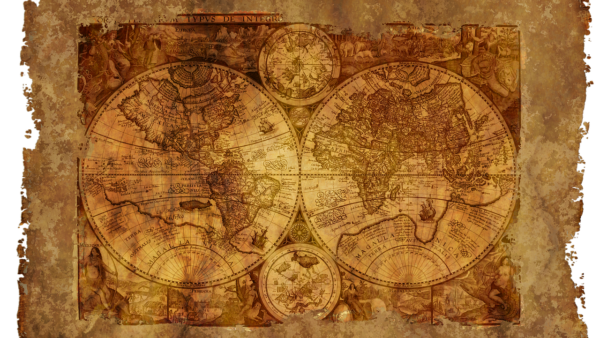The rare phenomenon known as a “blue moon” has inspired fascination and myth over the years. But what is the real science and meaning behind this celestial event? This post will explore common blue moon myths and separate fact from fiction.
What is blue moon day?
A blue moon is the second full moon in a calendar month. The time between one full moon and the next is about 29.5 days on average. So when there are two full moons in a single month, the second one is called a blue moon.
There’s no special astronomical meaning to the day of a blue moon itself. It’s simply the day that this second full moon event lands on in a given month. The phrase “blue moon day” just refers to the day of the month that the blue moon falls on.
What does it mean to get a blue moon?
In modern usage, a blue moon simply means the second of two full moons within one calendar month.
Some common myths about the meaning of it include beliefs that it will actually appear in color, that it’s extremely rare, or that it has mystical powers. In reality, a blue moon looks like any other full moon—silvery and bright. And they occur roughly every 2 to 3 years on average, so aren’t nearly as rare as sometimes believed.
The term has no astronomical significance when it comes to the moon’s properties or astrological impact. It’s simply a human construct to describe the second full moon in a month with the same name.
How often do we get blue moons?
While some think of blue moons as incredibly rare, they actually occur as frequently as every 2 to 3 years on average.
The reason we don’t get a blue moon every single month is because the lunar cycle doesn’t perfectly align with our Gregorian calendar. So some months have only one full moon, while every so often a month will have two full moons.
The time span between full moons averages around 29.5 days. So if the first full moon happens at the very start of a month, it’s possible for the second one to occur at the end of that same month—creating a blue moon.
Going forward, we can expect to see occasional blue moons in 2024, 2026, 2028, and 2031. So while considered special, blue moons are not necessarily a once-in-a-lifetime event.
So next time you hear talk of a blue moon, don’t fall for the myths! Learn the facts behind this celestial phenomenon that inspires so much intrigue.

Originally posted 2023-08-29 11:00:44.




